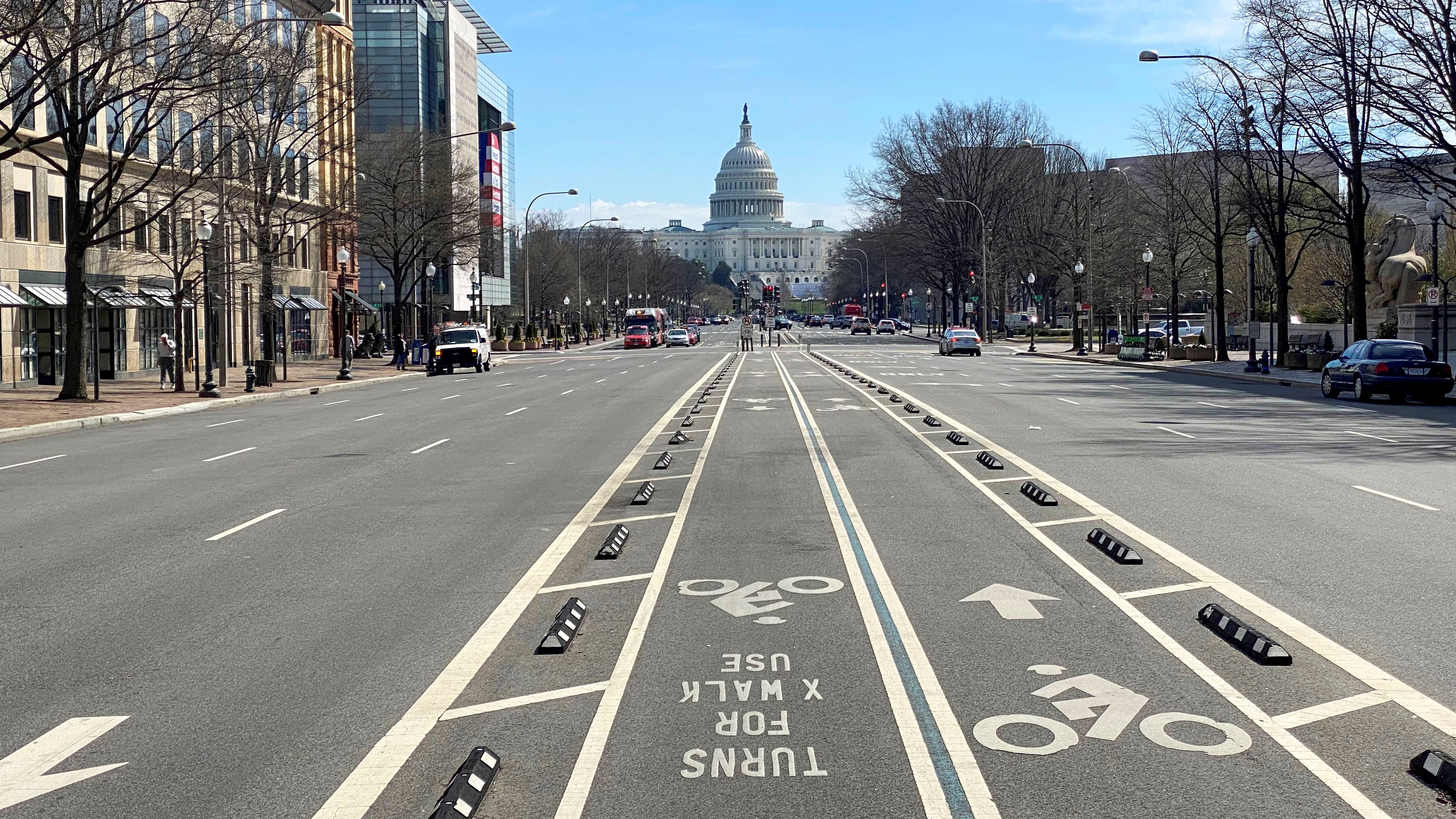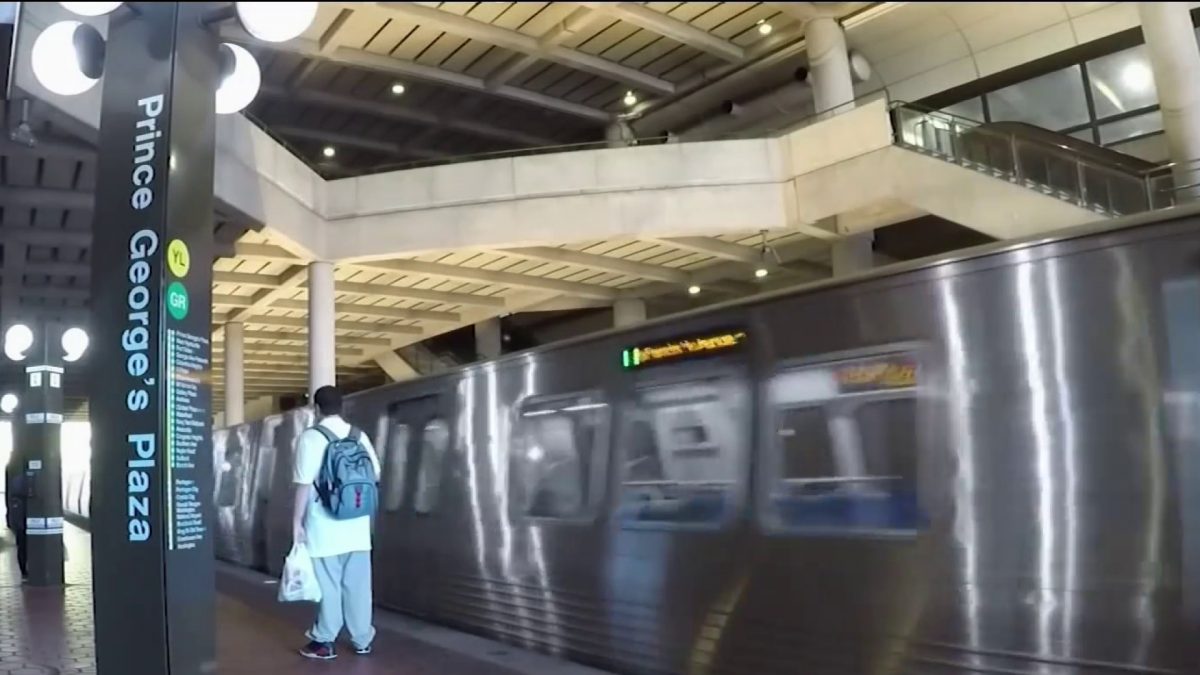By Adam Tuss
The coronavirus crisis dramatically changed conditions on the roads, rails and at airports in the D.C. area. A year into the pandemic, we’re taking a look at the state of transit — and what we can expect next.
In February 2020, officials were taking preliminary precautions to guard against the spread of COVID-19. No one in the region was known to have the illness yet.
“At this point, the risk of transmission of the virus is very low. As of now, there have been no confirmed cases in the area,” Metro Chief Safety Officer Theresa Impastato said at the time.
Within days, the virus was here and the wheels of the commuting world ground to a halt. Many of us put the brakes on going to the office or rolling through airports, and the monotone hum of traffic quieted.
As more people in the region get vaccinated every day, commuters and transit agencies are growing more confident they’ll see a new normal soon.
I think it’s more likely that we’ll see the expedited recovery and the return of our ridership, likely in the summer or the fall
Metro Chief Safety Officer Theresa Impastato
Metro
Metro tops the list of groups that need commuters back the most; the agency relies on riders for revenue to keep trains and buses running. At many points in the past year, rail ridership was down a staggering 90 percent.
Metro trains and buses will be busier in the months ahead, Impastato, the agency safety officer said in a recent interview.
“I think it’s more likely that we’ll see the expedited recovery and the return of our ridership, likely in the summer or the fall,” she said.
Airports
At D.C.-area airports, even the busiest days of the past year were still more than 1 million passengers short of normal.
New COVID-19 testing stations are being set up locally, and airlines continue to tout features like hospital-grade air filters on planes to ease travelers’ concerns. But ultimately, widespread vaccination is likely to be what lifts many people’s fears of flying.
Roads
On the roads, congestion dropped a stunning 77% from 2019 to 2020, in the biggest decline of any city in the country, according to the transportation research group INRIX.
Before the pandemic, D.C.’s population would swell by about 79%, up to more than 1 million people, during the workday, studies have found. When the pandemic hit and officials urged government and office workers to start working from home, downtown streets were eerily empty, even at rush hour.
The Day That Changed Us All: A Year of COVID-19 in Photos
Experts expect that rush hour traffic will be lighter for some time, as many people continue to work from home.
“We’ve learned that we need to be agile,” Bob Pishue of INRIX said.
“[We have] more flexible work schedules, employers understanding employees’ needs as far as travel a little bit more. And I think that is one of the silver linings that have come out of this pandemic.”



